 Abraham Lincoln
If given the truth, the people can be depended upon to meet any national crisis...
Abraham Lincoln
If given the truth, the people can be depended upon to meet any national crisis...
 Guildford news...
for Guildford people, brought to you by Guildford reporters - Guildford's own news service
Guildford news...
for Guildford people, brought to you by Guildford reporters - Guildford's own news service
Birdwatcher’s Diary No.64
Published on: 25 Jun, 2014
Updated on: 25 Jun, 2014
By Malcolm Fincham
With things quietening down locally and most birds now settled brooding and feeding their young, I decided it was that time of the year for my annual trip to the Highlands of Scotland. I met up with a long time friend Steve, once of Guildford but now living in Aviemore and heading his own five-star wildlife safaris. http://www.highlandwildlifesaf
It was also a good opportunity to get a view and hopefully take a few pictures of some of the wildlife only seen in such areas of the UK, or rarely glimpsed on passage in Surrey.
One such adventure was to some upland glens. A brief synopsis of much wildlife seen there included a rare daytime sighting of a woodcock as it ambled across a road, and to get a second picture of it as it flew out of sight.
This was great start to the trip. Shortly after, a young fallow deer revealed itself briefly before getting spooked by our arrival.
As we drove deeper into the valley, feral mountain goats could be seen. Goats such as these were left behind after the Highland clearances and are now free to roam wild.
Our main objective was to view a golden eagle, but although getting good views of an adult and sub-adult together through a scope, they were too distant to photo even with my cameras.
Due to daylight hours being so long at this time of the year so far north in the UK, the following day, and with the hope of seeing black grouse lekking, we were up at 2.30am taking a hike along the lower slopes of the Cairngorm mountains.
We timing to perfection the arrival at a bothy and using it as a hide we were able to watch, without any disturbance to the male birds, that traditionally lek at specific sites throughout the year. Click here to see a short video clip I took.
Next on the agenda was brisk walk up to the lunar-like landscape on the top of the Cairngorms. This we had to pre-plan to ensure a settled day of weather.
Weather conditions can turn quite hideous and very quickly on these mountains, even at this time of the year, so it’s always essential to be prepared for the worst.
Fortunately we chose well, and although partly overcast at least the clouds were above our heads. We also had the good fortune of seeing the birds we had hoped to observe.
Ptarmigan live on these mountainous regions all year round. They are amazingly well camouflaged and turn pure white during the winter months. But how they’ve adapted to such adverse weather conditions is quite incredible.
While we walked around the cairn at the top of the mountain we also managed to pick out another pleasing sight – a dotterel.
These are summer visitors that arrive at these altitudes throughout the Northern Hemisphere to breed. Click here for more information.
On sloping deciduous woodland of silver birch covered by a carpet of bleaberry, I managed to both hear, see and even get a few pictures of a spotted flycatcher, and even a wood warbler. Click here for video.
Both of these birds are rarely seen in Surrey these days.
A walk through some Caledonian pine forests also turned out to be a success, with good sightings of a small group of Scottish crossbill (recognised by their accents!). Click here for more details.
We also managed to pick out the the chuckling sound of a small group of crested tits as they flitted among some of the smaller pines, and I managed to get a photo of one as it sat still just long enough for me.
I even had the pleasure of seeing a red squirrel that obligingly posed for a few photos.
Visiting some of the lochs and lochens around Aviemore, we were able to view three different summer visitors exclusive to breeding in the Scottish waters of the UK.
In fact, red- and black-throated divers, as well as Slavonian grebes, can occasionally be seen wintering off southern coastal areas of the UK.
A day out to the Moray Firth and catching a rising tide at Chanonry Point to watch dolphin was also on the itinerary. And although I didn’t get to see them do any tail walking or somersaults, it was certainly a pleasure to have such magnificent creatures swimming by just a few feet away.
It was unusual for me to have to adjust the zoom lens on my camera to minimum, just to fit them into some rather pleasing pictures.
Squeezing in a trip to the north-west coast of Scotland we also found time for a visit to Handa Island, essentially to see the puffins that arrive there to breed.
Although we had closer encounters on visits in previous years, click to view, their numbers had been declining, so it was especially pleasing for me to count well over 200 birds there as well as plenty of razorbills and guillemots, especially out on the stack off the mainland. Click to view latest clip that includes a picture of the unusual looking bridled guillemot.
Both Arctic skua and great skua also use the island as a breeding ground, while hooded crows and ravens have also made it their home.
Other sea birds seen nesting on the cliff ledges included fulmars and kittiwakes, as well as a small colony of Arctic terns.
Meanwhile, inland common snipe could be seen and heard drumming overhead, and wheatears and skylarks could be viewed at close quarters.
It was a must on my trip to witness seeing the iconic success storey of the osprey. Once widespread throughout the British Isles until they became extinct due to heavy persecution in the 19th century, in 1954 a pair (possibly of Scandinavian decent) reintroduced themselves to Loch Garten. Since then ospreys have spread throughout the Highlands.
I had the privilege of being introduced to a lesser known site with some spectacular views.
And finally, having also memorably sampled numerous wee drams of that Famous Red Grouse (”when in Rome” as the saying goes), it has reminded me to add a few pictures I took of a female red grouse in a her rather splendid glossy coat of feathers.
Plus a second photo with her chicks in close pursuit.
Of course, the famous male see in the whisky firm’s adverts has bright red eyelids. That’s a reminder for me, on what seemed like a very short (but busy) week away.
Recent Articles
- Guildford Institute’s Crowdfunding Project for Accessible Toilet in its New Community and Wellbeing Centre
- Letter: Guildford – Another Opportunity Missed?
- Letter: GBC’s Corporate Strategy – Where Is the Ambition?
- My Memories of John Mayall at a Ground-breaking Gig in Guildford Nearly Six Decades Ago
- Westborough HMO Plans ‘Losing the Heart of the Street’ Says Resident
- College Invests to Boost Surrey’s Economy and Close Digital Skills Gap
- Community Lottery Brings Big Wins for Local Charities
- GBC Housing Plan Promises ‘A Vibrant Urban Neighbourhood’ Near Town Centre
- Hospital Pillows ‘Shortage’ at the Royal Surrey
- Updated: Caravans Set Up Camp at Ash Manor School


Search in Site
Media Gallery
Dragon Interview: Local Artist Leaves Her Mark At One of England’s Most Historic Buildings
January 21, 2023 / No Comment / Read MoreDragon Interview: Lib Dem Planning Chair: ‘Current Policy Doesn’t Work for Local People’
January 19, 2023 / No Comment / Read MoreA3 Tunnel in Guildford ‘Necessary’ for New Homes, Says Guildford’s MP
January 10, 2023 / No Comment / Read More‘Madness’ for London Road Scheme to Go Ahead Against ‘Huge Opposition’, Says SCC Leader
January 6, 2023 / No Comment / Read MoreCouncillor’s Son Starts Campaign for More Consultation on North Street Plan
December 30, 2022 / No Comment / Read MoreCounty Council Climbs Down Over London Road Works – Further ‘Engagement’ Period Announced
December 14, 2022 / No Comment / Read MoreDragon Interview: GBC Reaction to the Government’s Expected Decision to Relax Housing Targets
December 7, 2022 / No Comment / Read MoreHow Can Our Town Centre Businesses Recover? Watch the Shop Front Debate
May 18, 2020 / No Comment / Read More



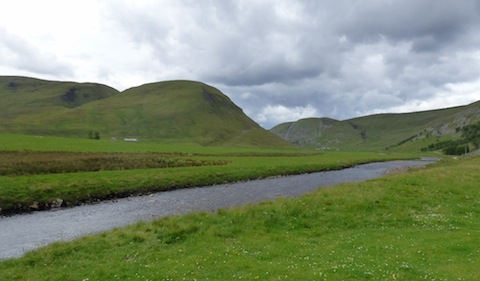
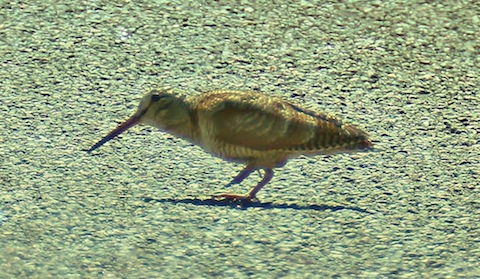

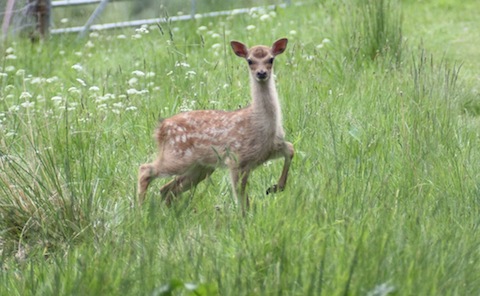
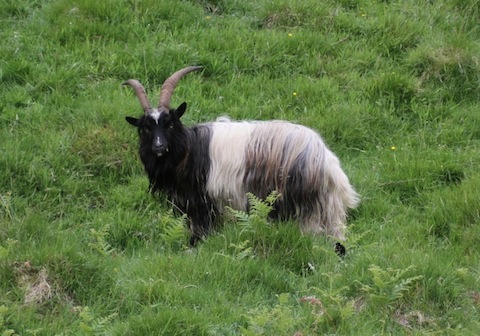
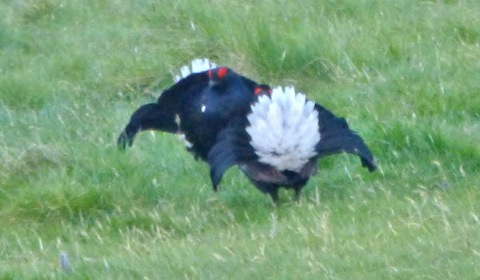
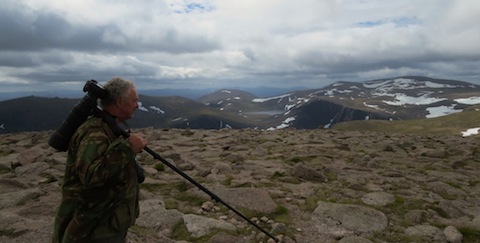
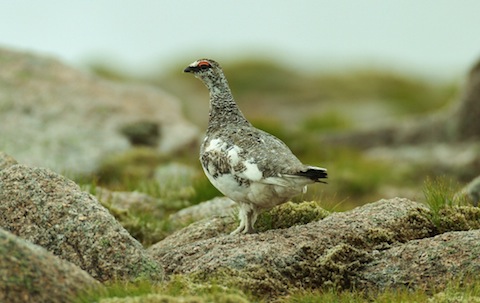
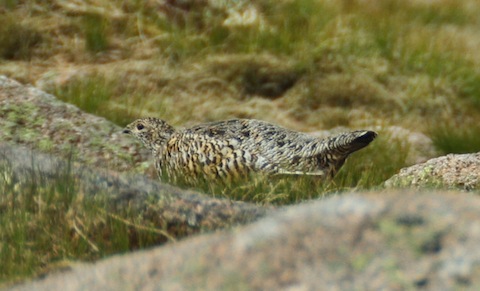
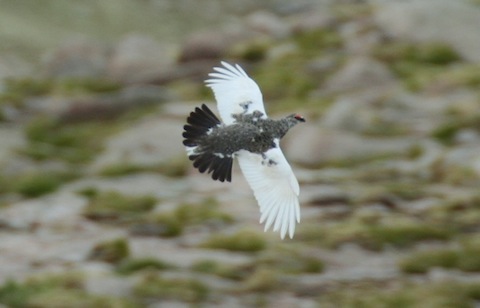
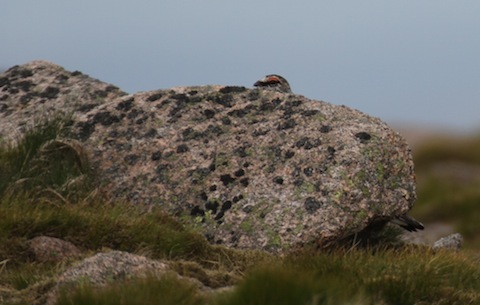

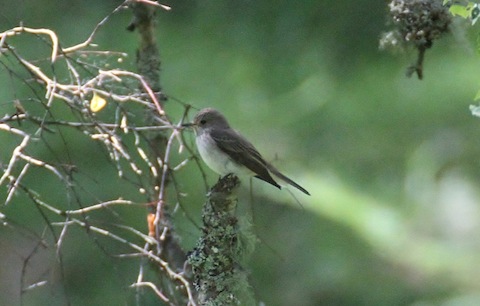
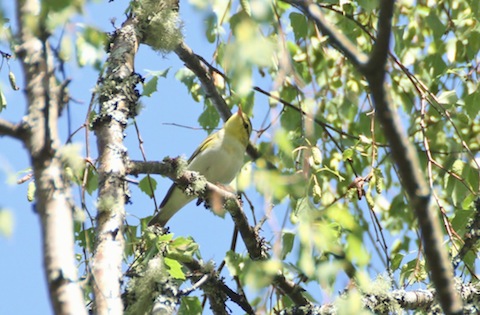

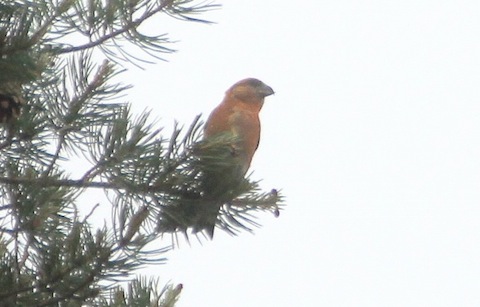
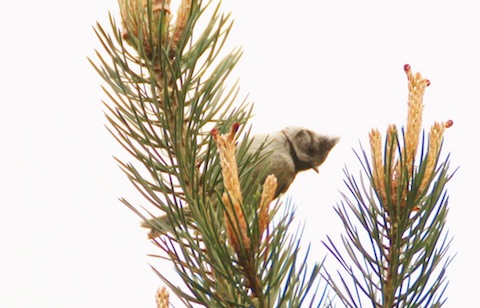
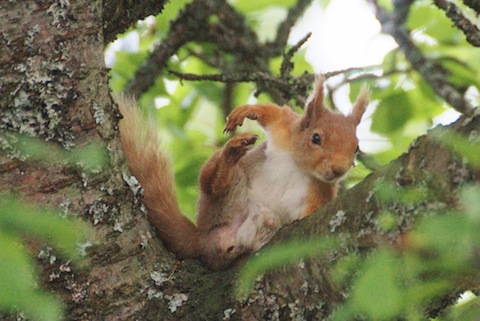
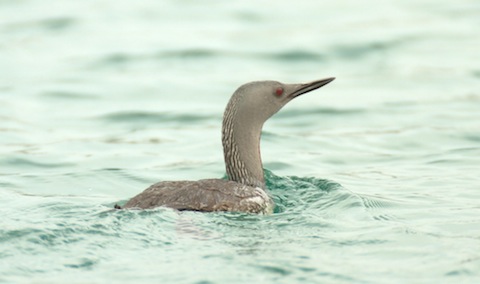

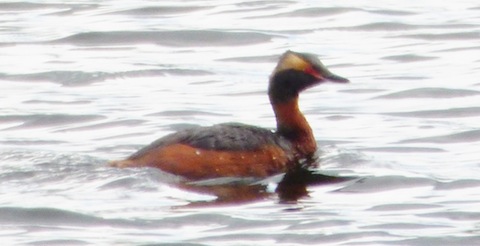


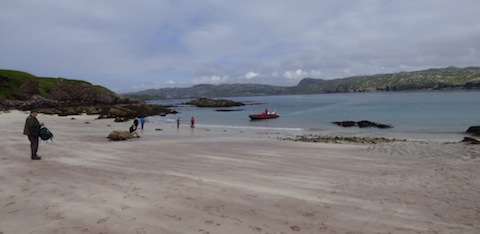

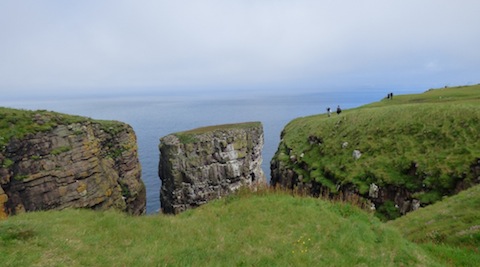


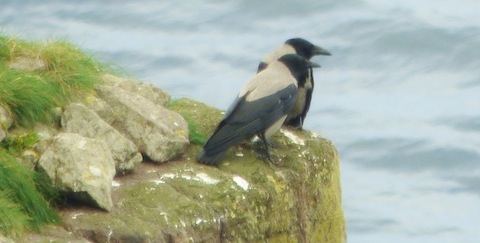
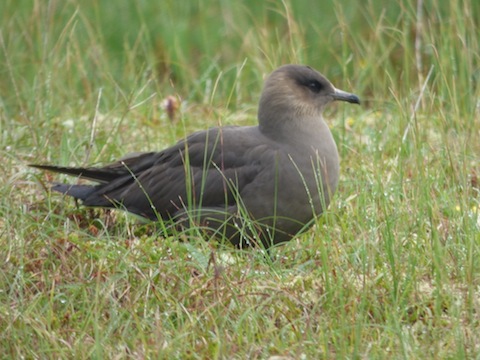
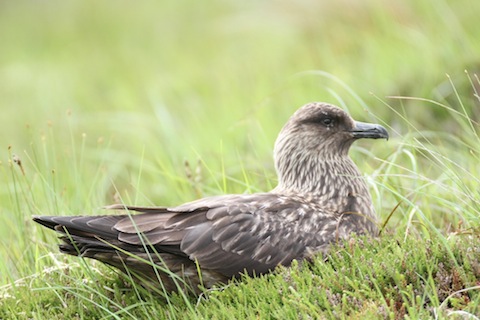
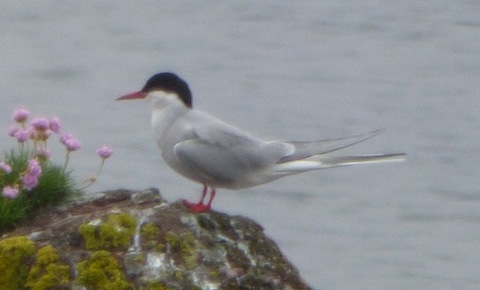
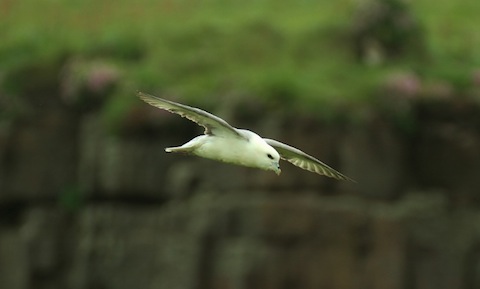
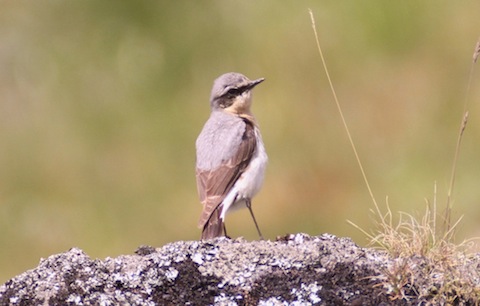
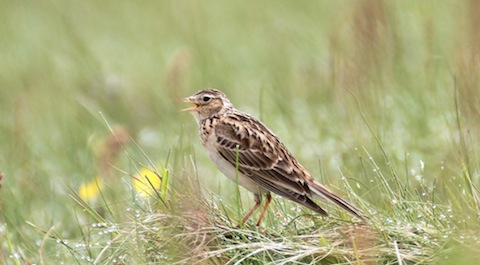

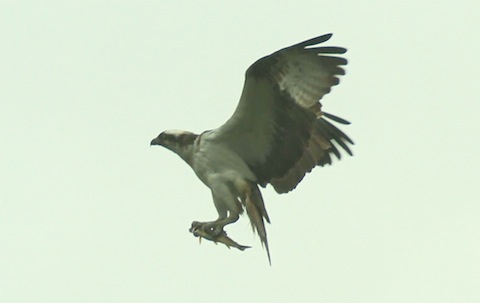
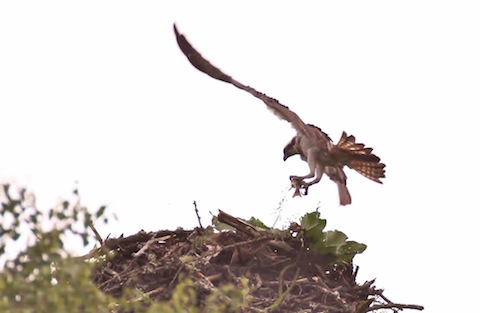
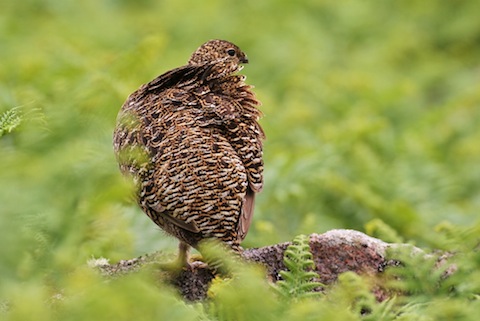








Recent Comments